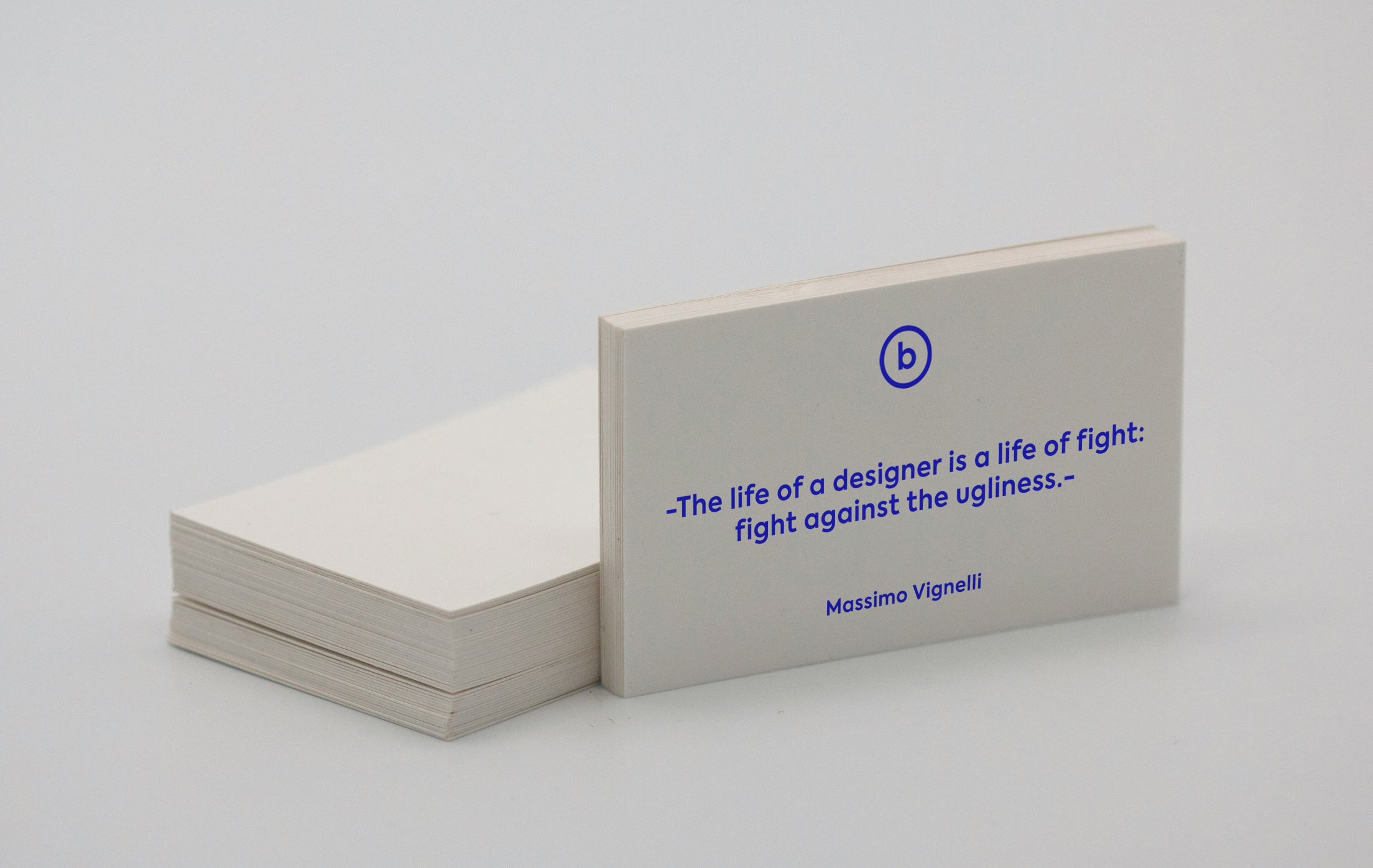Introduction: what AI motion capture technology really does
Imagine a film crew that no longer needs a room full of reflective markers, or a physical therapist who can run gait analysis from a tablet in a clinic. AI motion capture technology makes those scenarios real by replacing or augmenting sensors with machine learning pipelines that translate visual or inertial inputs into structured movement data. For beginners, think of it as a translator: raw camera frames or inertial streams go in, and standardized motion data (joint positions, velocities, gestures) come out—ready for animation, analytics, or robotic control.
This article is a practical guide for three audiences: general readers who want intuition, engineers who will design and deploy systems, and product leaders who must evaluate vendors and estimate ROI. We’ll cover architectures, integration patterns, API design, deployments, monitoring, security, and market trade-offs.
Core concepts and everyday analogies
Motion capture is a pipeline with three basic stages: sensing, interpretation, and output. A helpful analogy is a postal system. Sensors are the mail carriers collecting parcels (frames or IMU packets). The interpretation layer is the sorting center—algorithms and models that tag and route each parcel into structured movement messages. The output is the delivery to recipients: animation rigs, analytics dashboards, or robot controllers.
- Sensing: cameras (RGB, depth), IMUs, lidar, or hybrid setups.
- Interpretation: pose estimation, temporal modeling, smoothing, and skeleton mapping.
- Output: formats like BVH, FBX, glTF, or numeric streams consumed by downstream services.
Architectural patterns for engineers
Systems that operationalize AI motion capture technology fall into a few repeatable architectures. Choose based on latency, fidelity, and scale requirements.
Edge-first real-time pipeline
Use when low latency is critical (virtual production, XR, robotics). Sensors feed an on-device inference engine that runs lightweight networks and outputs streamed joint data over WebSockets or UDP. Advantages: minimal network lag and privacy by keeping raw imagery local. Trade-offs: higher hardware cost per unit, complexity of remote model updates, and limits on model size and training data when on-device.
Hybrid streaming with cloud post-processing
For medium-latency use cases—live sport analytics, remote rehab—an on-device model performs initial estimation and sends compressed keyframes to a cloud pipeline for heavy temporal modeling, drift correction, and annotation. This pattern balances responsiveness and advanced processing like multi-camera fusion.
Batch/cloud-first processing
High-fidelity animation studios or research groups often upload recorded sessions for cloud processing. Full-sized networks and slow, expensive algorithms (multi-view reconstruction) run offline and produce the highest accuracy. Benefits include model complexity and the ability to reprocess; downsides are throughput constraints and turnaround time.
Models and sequencing: where Bidirectional transformers fit
Temporal coherence is the heartbeat of motion capture. Simple per-frame pose estimators (OpenPose, MediaPipe, MoveNet) produce instantaneous joint estimates but struggle with jitter and occlusion. That’s where sequence models enter.
Bidirectional transformers adapted to motion sequences provide context-aware smoothing and imputation. Unlike unidirectional recurrent models, bidirectional architectures can look ahead and behind to correct ambiguous frames, reconstruct missing limbs, and maintain physical plausibility. They are especially effective in hybrid cloud pipelines where small latency penalties are acceptable.
Engineers should be deliberate about using bidirectional sequence models: reserve them for steps where access to future context is allowed (post-processing, short-window buffering) rather than strict real-time loops where causality matters.
APIs, integration patterns, and developer considerations
A production-ready API for AI motion capture technology typically offers two classes of endpoints: streaming (WebSockets, RTP) for live feeds and batch (REST) for job-based processing. Design notes:
- Streaming endpoints should support backpressure signals and heartbeat messages to handle network variability.
- Batch endpoints need job lifecycle states, progress callbacks, and artifact storage references for large files (S3-compatible URLs).
- Authentication must be token-based with short-lived credentials for devices. Rate limits should reflect frame rate and payload size.
- Provide multiple output formats and coordinate frames to support different engines and rig conventions.
Integration often involves adapters that convert between the capture output and target consumers: animation rigs, analytics engines, or robot controllers. Build these adapters as stateless microservices where possible to simplify scaling.
Deployment, scalability, and cost trade-offs
Decide whether to use managed vendor platforms or self-host. Managed services (Rokoko Studio Cloud, DeepMotion, Move.ai cloud offerings) reduce operational burden but increase ongoing cost and raise data residency questions. Self-hosting with open-source components (OpenPose, MediaPipe, ONNX runtime) gives control and lower per-unit cost at scale but requires expertise in model optimization and distributed inference.
Key scaling considerations:
- Latency budget: maintain frame-to-action latency targets; edge compute reduces round-trip time.
- Throughput and concurrency: plan for number of simultaneous sessions. Cloud GPUs are billed by time; consider batching or lighter models to reduce cost.
- Network costs: high-resolution video is expensive to stream—use on-device encoding, feature compression, or event-driven uploads when possible.
Observability and practical monitoring signals
Motion pipelines need domain-specific observability beyond CPU and memory. Instrument these signals:
- Frame rate and jitter: frames per second, variance in inter-frame intervals.
- End-to-end latency: sensing to output timestamps and percentiles (p50, p95, p99).
- Accuracy metrics: MPJPE (mean per-joint position error), bone-length variance, and reprojection error for multi-camera systems.
- Failure patterns: occlusion frequency, drift episodes, sudden amplitude spikes indicating misalignment.
- Operational costs: GPU-hours, inference calls, bandwidth used per session.
Automate alerts that combine multiple signals (e.g., high jitter plus rising reprojection error) so operators can respond before downstream consumers see corrupted data.
Security, privacy, and governance
Motion data is biometric and potentially sensitive. Compliance and trust are central. Practical rules:
- Data minimization: capture only necessary modalities and retain aggregated or anonymized features where possible.
- Consent and audit trails: record who triggered captures, retention duration, and downstream consumers.
- Encryption in transit and at rest; consider hardware-backed keys for edge devices.
- Policy controls: role-based access to raw imagery vs processed skeleton streams, and configurable retention/deletion policies.
Vendor comparison and market considerations
Vendors fall into three buckets: high-fidelity hardware-first (Vicon, Xsens), markerless consumer-focused platforms (Rokoko, DeepMotion, Move.ai), and open-source runtimes (OpenPose, MediaPipe). High-fidelity systems offer accuracy and repeatability but come with equipment costs and setup overhead. Markerless platforms lower the barrier to entry and accelerate iteration but can be less consistent under occlusion.
For product teams, ROI calculations should include operator time saved, turnaround time improvements, and incremental revenue from faster content production or improved analytics. Quantify gains: e.g., markerless capture reduced manual clean-up by 40% in a mid-sized studio, or a sports analytics solution delivered 5x more sessions per week because of simplified setup.
Implementation playbook: step-by-step in prose
1) Define success criteria: target latency, accuracy (MPJPE), throughput, and privacy constraints. Map these to user stories.
2) Choose sensors and modality mix: single RGB for low-cost, multi-view or depth for robust reconstruction, IMUs when occlusion is expected.
3) Prototype with off-the-shelf models to validate the capture envelope. Use lightweight estimators on-device and evaluate artifacts under real-world conditions.
4) Design the orchestration: streaming for live, batch for post-processing. Decide where temporal models (including bidirectional transformers) run based on latency needs.
5) Build APIs and adapters: streaming endpoints, job APIs, and format converters to target systems like animation suites or telemetry stores.

6) Deploy incrementally: start with a single studio or clinic, instrument observability, and iterate on models and thresholds.
7) Operationalize governance: consent flows, retention policies, logging, and regular audits.
Case studies and realistic outcomes
An indie game studio replaced marker-based sessions with a hybrid markerless pipeline. By running initial pose estimation on local GPUs and submitting short windows for bidirectional refinement in the cloud, they cut per-shot preparation time by 60% and reduced animator cleanup hours by half.
In healthcare, a clinic used IMU-based capture and cloud analytics to scale remote gait assessments. Privacy-preserving aggregation and strict retention policies allowed compliant telemedicine workflows and increased patient throughput without additional clinic space.
Future outlook and standards
Expect continued convergence of modalities and models. Advances in model compression and hardware acceleration will push more sophisticated temporal models to the edge, narrowing the gap between real-time and offline-quality outputs. Standards for interoperability (consistent skeletons, timecode metadata, and export formats) will be crucial as ecosystems mature.
Natural language understanding (NLU) models will increasingly serve as orchestration interfaces—operators will issue spoken or typed directives to annotate sessions, request reprocessing, or filter events. This human-friendly layer makes motion capture systems more accessible to non-technical users.
Key Takeaways
AI motion capture technology is not a single product but an ecosystem of sensors, models, and orchestration patterns. Choose architectures according to latency, fidelity, and privacy needs; instrument domain-specific observability; and be deliberate about where to use sequence models such as bidirectional transformers. For product teams, the decision between managed and self-hosted solutions is a balance of speed to market versus long-term cost and control. With careful design, the technology can unlock substantial operational efficiencies across entertainment, sports, healthcare, and robotics.
